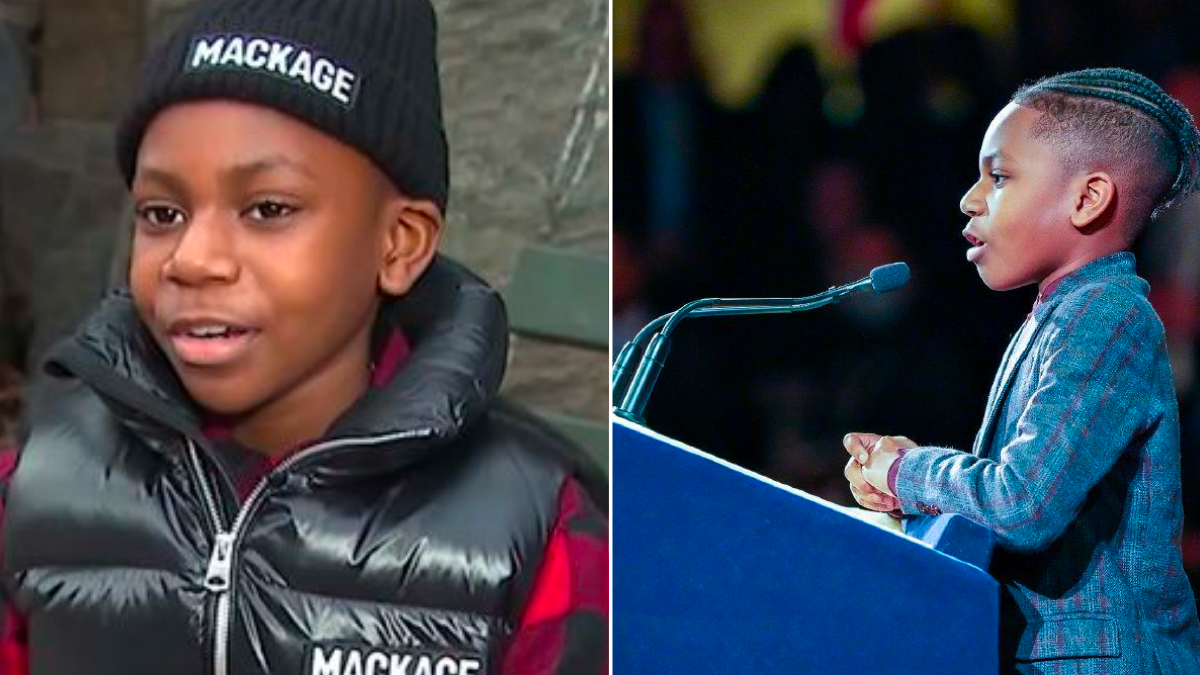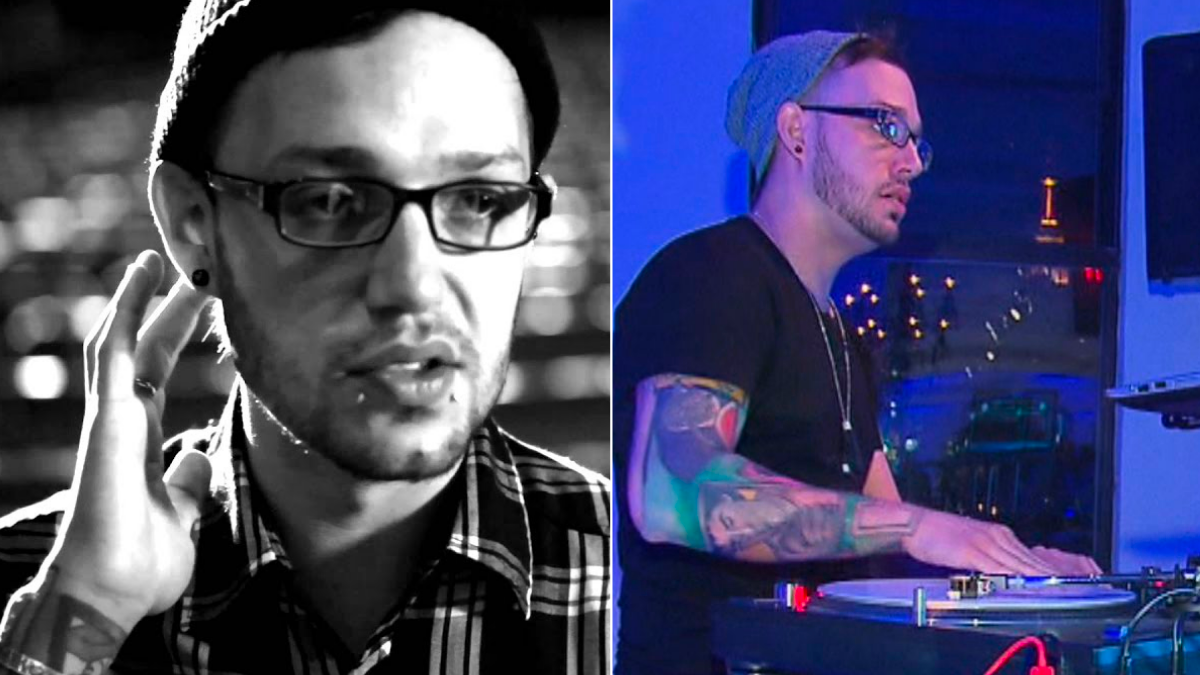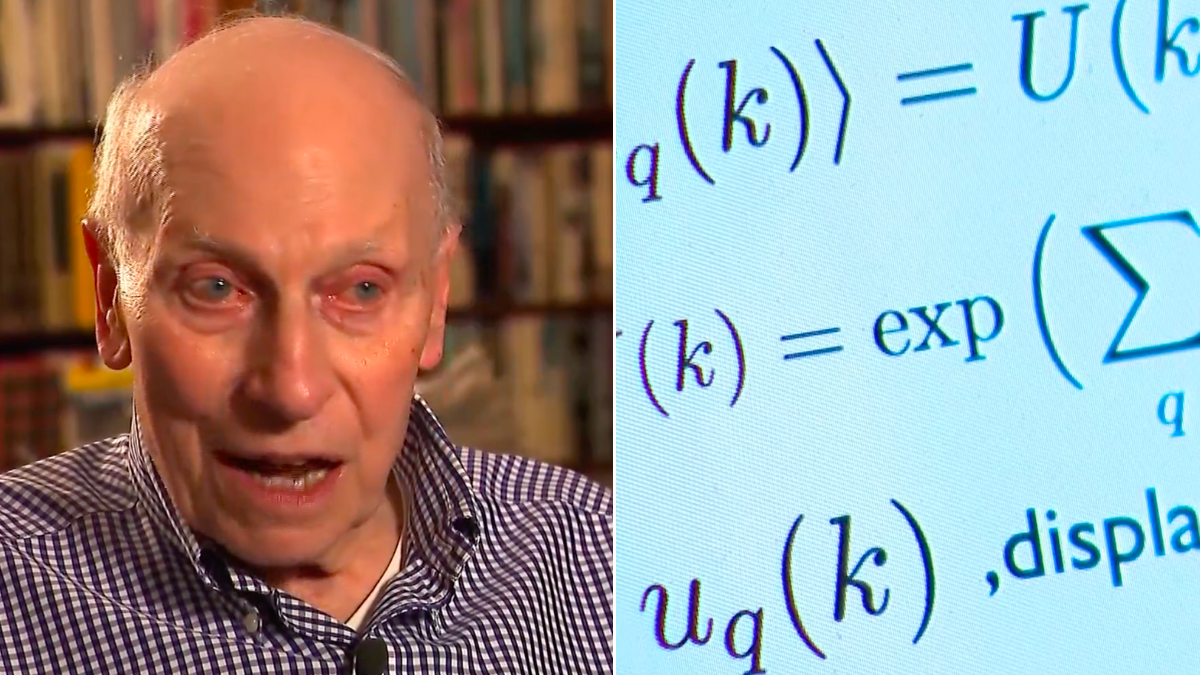When Anna Burkhart was born, her parents — and doctors — agreed: she was perfect. As the months rolled by, though, Anna began to miss important developmental milestones. She didn’t roll over. She didn’t crawl. And she couldn’t master the pincer grasp. Long after her second birthday, she still wasn’t walking.
Doctors were stymied at first. They put Anna through a battery of tests trying to find the problem. But answers were elusive. Years later, genetic testing finally revealed that Anna had an extremely rare genetic disorder called CASK Disorder.
Only 300 children in the whole world suffer from CASK Disorder. Babies born with it have smaller than average heads; their brains grow more slowly. Those affected by the condition suffer intellectual impairment and decreased motor control. In most cases, they never learn to talk or walk. Doctors told Emily and Charlie Burkhart to prepare for the worst.
“Basically, she was just going to struggle, and she was probably going to be wheelchair-bound and non-verbal,” Emily said. “I just wasn’t going to accept that.”
How One Program Provided a Ray of Light to a New Mom
The new mother got to work, researching the rare genetic disorder and getting her hands on any new information she could find. It was then that she found out about an experimental program at Virginia Tech.
The Neuromotor Research Clinic at the Fralin Biomedical Research Institute was working with children with brain development issues 3 to 5 hours a day — instead of the physical therapy industry standard of one hour a week.
If the Burkharts could get Anna into the program, she would receive groundbreaking therapies for several hours a day, five days a week, for four weeks.
There was no hesitation. Anxious to put the odds in their daughter’s favour, the Burkharts took Anna to Virginia Tech. But when they got there, they soon realized that Anna didn’t fit the regular mold of the institute’s patients.
Rare Genetic Disorder Forces Therapists to Change Direction
“What Anna needed was different than previous kids we’d worked with,” said Dory Wallace, a senior occupational therapist at the Neuromotor Research Clinic. “Once we met her, we completely changed what we thought we were going to do to meet her needs.”
Anna’s particular needs included learning how to interact with people in her environment, how to use language to communicate her needs, and how to focus her attention on daily tasks.
Specialists at the Fralin Biomedical Research Institute tailored Anna’s program to her needs and worked intensely with her. Their efforts paid off. In just a couple weeks, progress was apparent. Emily Burkhart noticed, “She was sorting colors and she was sitting still to play with a toy. She was just doing all the things that we were able to want and expect, plus some.” All the things that doctors said she would never do.
The program, called I-ACQUIRE, works with the brain’s inherent plasticity to make new connections, effectively allowing the children to bypass the non-functioning parts of their brains and create new pathways to ability. This can allow them to better control and coordinate their muscle movements.
Anna’s progress didn’t stop at speaking a few words or taking a few steps. Today, the beautiful preteen is on her school’s cheerleading squad, kicking those predictions of not walking or talking to the curb.
“I love seeing that light switch go on when a child realizes she’s learned something new,” Dory Wallace said. Little did she know that, years later, the Burkharts would be back. This time, it wasn’t for Anna; it was for Anna’s new little sister, Bella.
How Two Sisters Proved the Importance of Resilience
When Bella was born, the Burkharts recognized right away the signs of the same, rare genetic disorder that Anna had. Tests confirmed it, and Emily wasted no time in contacting the same research center that had performed miracles with her older daughter. Bella started therapy when she was just over a year old, and Wallace was again there, this time at the youngest Burkhart’s side.
“Dory had her doing things the first day that we hadn’t seen Bella be able to do,” said Emily Burkhart. “I started to cry because it was like, ‘OK, we’re in the right place.’”
Charlie Burkhart filmed Bella’s sessions so that the family could continue the therapy themselves back at home. He had done the same for his older daughter, and Anna continues to use some of the techniques at home, a decade later.
“I’ve never seen Bella work so hard,” Charlie said.“To be able to come down here for a month and get this blueprint and get her going, there are no words to describe how appreciative I am.”
Today, both girls are defying the odds and learning to use their brains and bodies to their advantage. Their progress is testimony to the power of science, hard work, love and believing in oneself.


